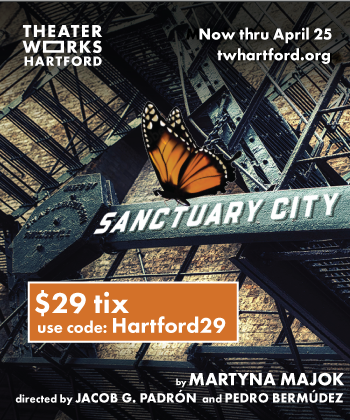Jimmy Lee Beason II, Osage Nation
Prior to Europeans lurching across turtle island to establish colonial states, Native people established vibrant communities and trade networks. Cahokia was a mound builder urban center with population estimates ranging from 6,000 to 40,000 Natives. Chaco Canyon in New Mexico had a possible population of 17,000. Our connection to the land is firmly established through oral tradition, song, and archaeological discoveries, but I digress.
Within these societies was a sense of self-determination on how to walk through the world according to each community’s worldview based on the surrounding environment. A sense of balance needed to be maintained in order to thrive and we did our best upholding this perspective. When we hunted and killed a buffalo, we would honor it for the life it provided to us so that it crossed over in a good way. When conflict with other tribal nations ensued, the Osage had rules of engagement to abide by that dictated the behavior of warriors and how captured enemies should be treated. Eventually, this would be severely damaged through colonization, forced assimilation, genocide, and land theft.
Many tribal nations resisted and maintained their cultural identity in the face of such hardships. Today many Native communities still have their language and traditions intact, although it is a challenge to maintain them as elders who hold this knowledge pass away without teaching youth.
During and after the so-called Indian Wars ended, hundreds of treaties were signed between tribal nations and the U.S. government where they would recognize Native people as politically distinct entities and promised certain financial assistance for healthcare, and education, along with a recognition of inherent rights such as hunting and fishing traditions. Indian Health Services provides the “minimal care” for tribal citizens for instance.
Another example of treaty rights is, in the colonial state of Kansas, I can acquire a lifetime hunting and fishing license “free” of charge because of my enrollment with the Osage Nation, while non-tribal citizens have to pay upwards of $1,000 for one. I remember going to the hunter’s class (which you were required to do if you wanted the license) and watching a bearded 20-something’s jaw drop after the instructor explained this provision. This may seem like a big deal, but it is very little compensation for the millions of acres of land lost and overlooks the fact, enrolled citizens must still appease state laws to have these inherit rights recognized. However, I still acquired it in order to uphold what little inherent rights we have left.
Another way tribal nations demonstrate their political status is through tribal tags. Tribal nations throughout the country issue their citizens tribal license plates and use the fees to fund tribal social programs. Through agreements with the states, tribal tags are recognized as “legitimate” identification. Lately, this concept has come under attack by Oklahoma governor, Kevin Stitt.
Stitt has been aggressively trying to undermine tribal sovereignty for the past few years by challenging tribal casinos, making racist statements about the ability of Native people to govern themselves, and as of late, telling the Oklahoma Highway Patrol to ticket and fine tribal citizens who live “outside” tribal lands. Recently, a citizen of the Otoe-Missouria Tribal Nation was given a $249 traffic ticket for “failure to pay state taxes.” The Otoe-Missouria Nation has over 3,000 enrolled citizens and is located in Red Rock, Oklahoma. This is increasingly frustrating when we look at the fact Oklahoma as a state is an illegal occupying force.
At the root of tribal nations still existing as a political entity in this country is tribal sovereignty and self-determination. Currently, there are 574 federally recognized tribal nations in the United States, each one has its own unique history, traditions, language and culture. They also each have a treaty with the United States wherein the federal government would recognize tribal sovereignty and to some extent respect those rights guaranteed since time immemorial.
Tribal sovereignty is important to uphold as it allows tribal nations to implement internal policies of self-determination, typically through economic means such as casinos and other businesses. Unfortunately, this concept is highly misunderstood and challenged by state authorities. Non-Native people can understand these matters more when they are brought to the forefront of political discussions by visiting tribal websites or supporting tribally owned businesses in the area in which they live. Regardless how the U.S. views tribal nations, we will always continue to remain and work toward a better future for up and coming generations.





